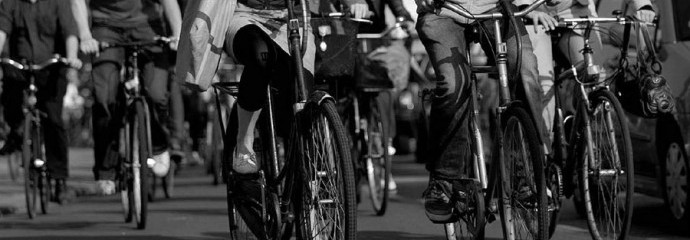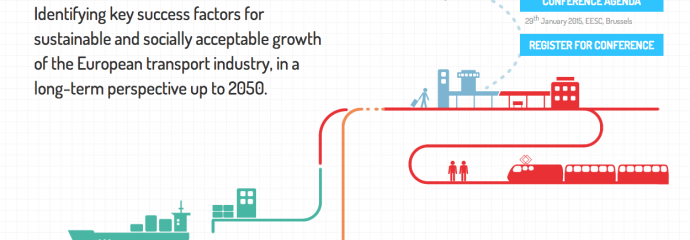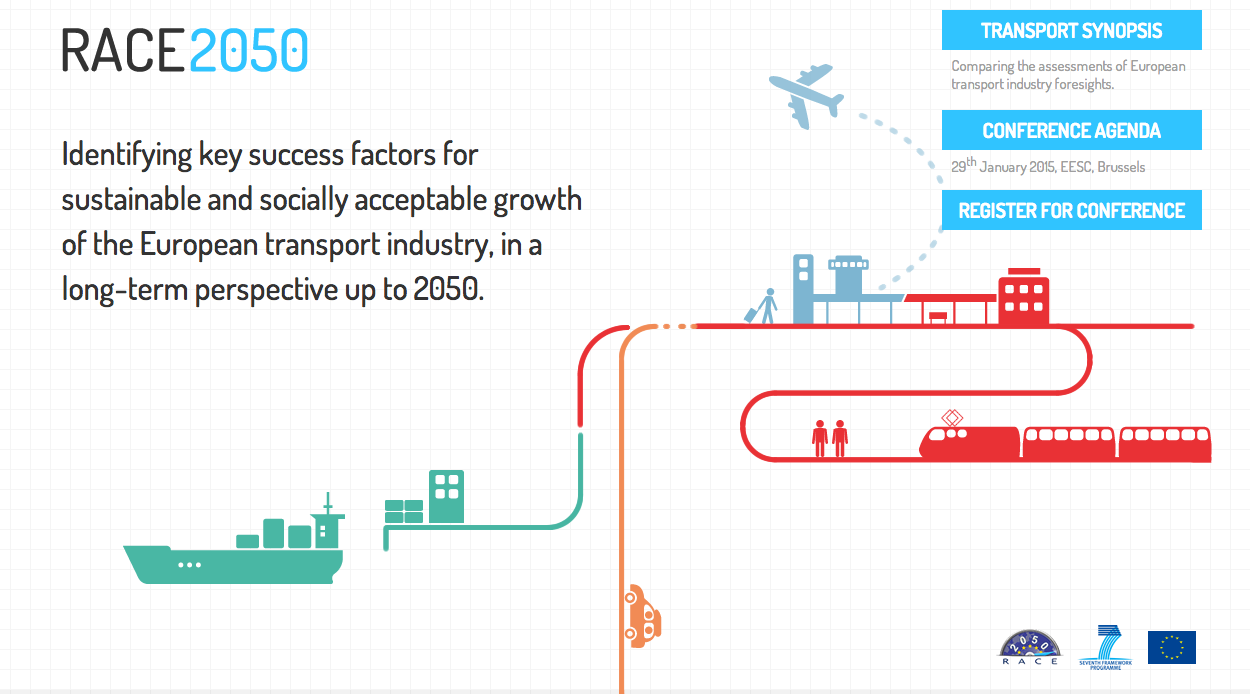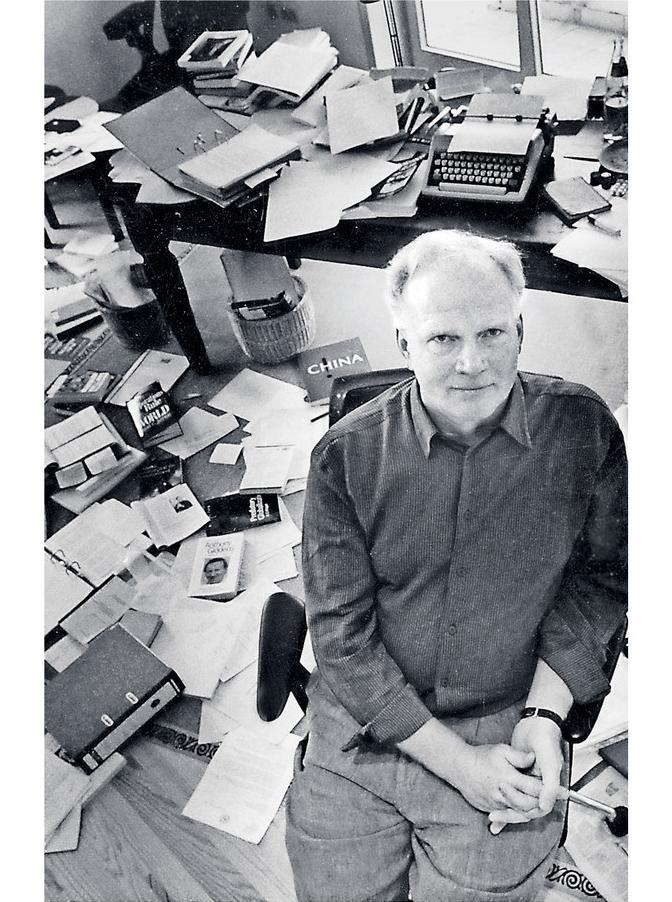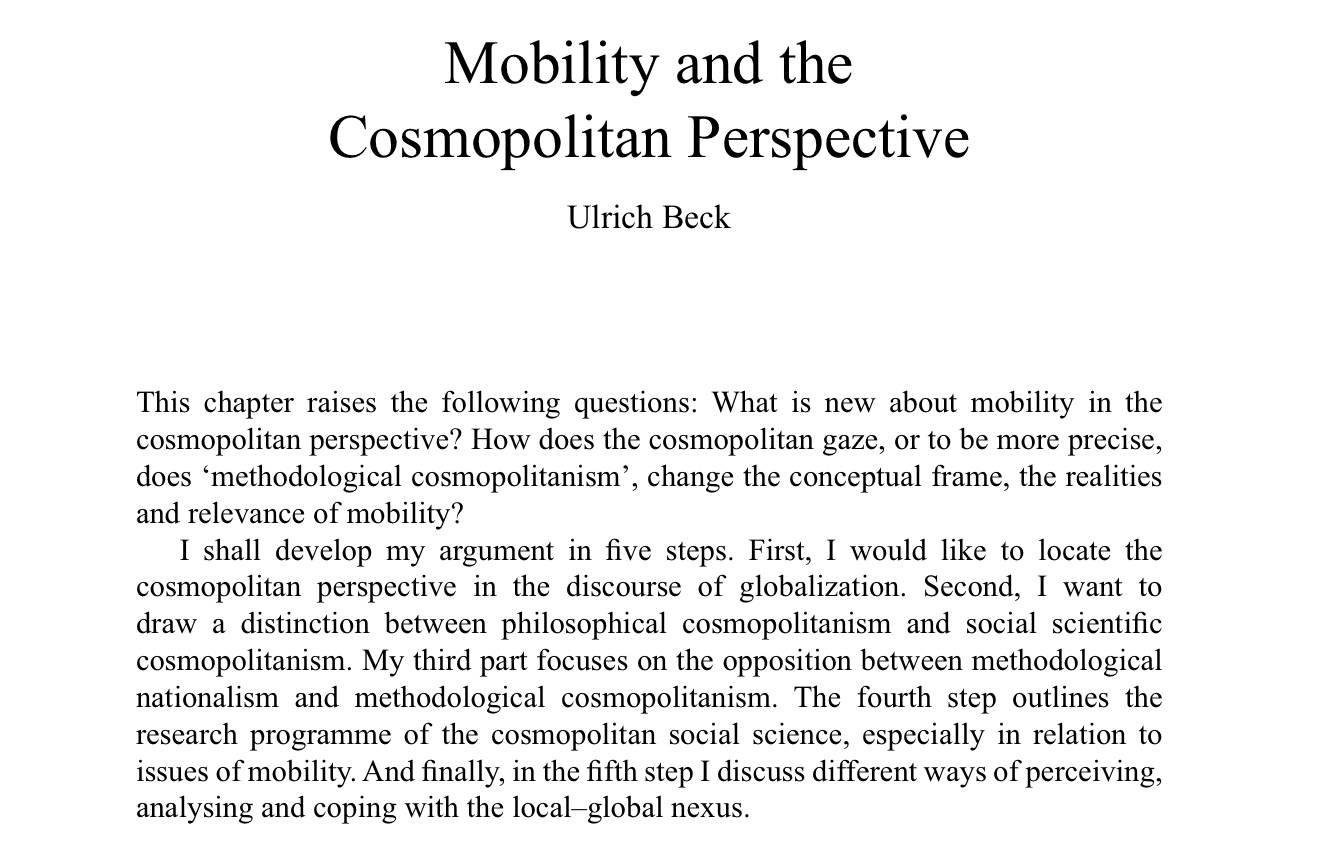The imaginaries of Velomobilities
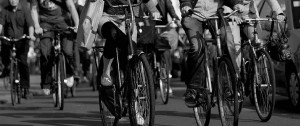
The bike and the question of velomobility was an important part of this years Networked Urban Mobilities conference. “The imaginaries of Velomobilities” session brought together researchers from different countries and backgrounds to present their studies, opening up a discussion on what cycling is or should be, and what role velomobility should play in shaping our daily mobility and cities. As the sessions went along and the plenary discussion took off, it was interesting to see how there were points of contention between different imaginaries of velomobilities, something that might be a bit unusual among cycle researchers and advocates who normally share a common notion of progression towards the ideal city with more bicycles and fewer cars.
Biking diversity
One of the central understandings of velomobility articulated at the session was that cycling needs to become more democratic. Especially in England, a narrow conceptualization of cycling as something that is exclusive to a “velo-elite” is predominant. The white 20-30 year old male, who is capable of rubbing shoulders with cars in his daily commute, is the image of “the cyclist”, and there is a lack of imagination as to what the future city could look like with cycling as a central part of everyday transportation. Public bike schemes have the potential to be the antithesis to this. The city-bike, with broad wheels and the rider sitting upright instead of hunched over the handlebars, makes for a different experience, closer to that of the pedestrian. “We need to bring the vocabulary of walking into the world of cycling ”, as one participant put it, “especially also in the way of talking about urban design”. As there are many ways of walking or being a pedestrian, velomobility in this sense should be about velomobilities, as there are also numerous and sometimes contenting ways to be a cyclist. Researches need to bring out “the absent” velomobilities, and facilitate bike diversity through this. The case of the Dublin city-bike serves as an illustration of this.
While there are barriers to entry, such as owning a credit card, and the users so far have largely been white and middle-class, the sight of people riding around in ordinary clothes lends credibility to the vision of biking as an urban form of transportation for others than speed-crazed young men.
Spaces of bike flows
Even though the lycra-clad figure on the carbon racing-bike might be vilified, there are some elements to this form of velomobility that shouldn’t be entirely discarded. If velomobilities are supposed to be alternative to automobility, the bike needs to be able to get from A to B relatively fast, as well as something that has the potential to cover larger distances than just the urban center. This imagination of the bicycle is more closely associated with that of the car than the pedestrian. As explained by one participant: “I wouldn’t want to ride on a cycle path, but rather a cycle road”. If the bicycle is to become the primary modal choice, the bike, and the infrastructure that facilitates it, should be about easy and quick movement through the urban landscape. When trying to make it in time for getting to work or picking up children, the last thing the everyday cyclist would want is to navigate a Jan Gehl-esque shared-space nightmare, or having to deal with finding a public bike station away from the desired destination in order to drop off the bicycle.
When we imagine spaces of bike flows, we also need to think past the needs and desires of the tourist or the flâneur, towards a logic of speed and route optimization.
Cycling as proxy for other changes
Different imaginaries of velomobility aren’t necessarily mutually exclusive, but provide different approaches to how we could work towards more cycling in our cities. In part, this discussion of course has to do with the different geographical backgrounds from which we speak. In cities with very little cycling, the need for a more diverse view of velomobility is important, compared to cities with many bicycles. However, this discussion can also be seen as a consequence of cycling being a proxy for other changes. We can all agree that we want a city with more cycling, but those who contribute to this dialogue are coming from different underlying ideas and desires as well as different urban realities.
What do we see when we look at the bicycle? Is it a transportation system, a tool for social justice, better public health, a way to a more inclusive urban space, a sustainable alternative to the car, or is it general revolution? The bicycle, as any form of mobility, contain “social imaginaries”, based on the plurality of everyday life, which also contains desires and aspirations for new forms of urban life. Precisely because of this, the bicycle and the many ways it can be included in everyday life, represent a multitude of openings in regards to the discussion of sustainable post-carbon societies.
Thanks to session organizer & chair Peter Cox, as well as the presenters:
Bruce Bennet, Tim Jones (on behalf of the cycle BOOM team), Morgan Njogu, Thomas Sick Nielsen, Hjalmar Christiansen, Carsten Jensen, Britt Zoëga Skougaard, Jonas Larsen and Till Koglin. Also thanks to Damien Ó Tuama, as well as the general participants.

